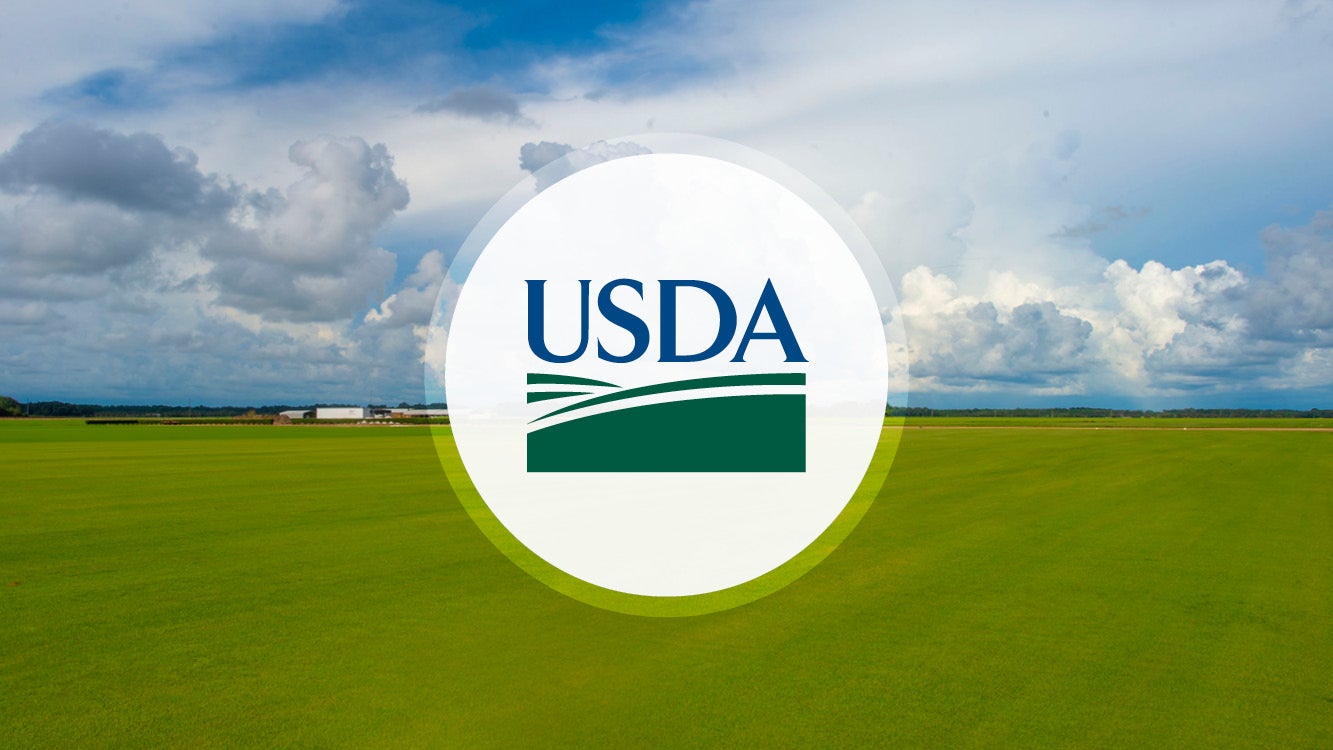USDA invests $28 million in new projects to help restore lost wetland functions, benefits on agricultural landscapes
Published 10:00 am Sunday, March 21, 2021
|
Getting your Trinity Audio player ready...
|
Alexandria – The U.S. Department of Agriculture (USDA) is investing $28 million in six new Wetland Reserve Enhancement Partnership (WREP) projects and four ongoing ones, which enable conservation partners and producers to work together to return critical wetland functions to agricultural landscapes. Partners will contribute $2.82 million, bringing the total investments to $30.82 million.
“Wetlands have tremendous benefits ranging from cleaner water, to flood prevention, to enhancing wildlife habitat to sequestering carbon,” said Chad Kacir, State Conservationist for Louisiana the Natural Resources Conservation Service (NRCS). “The Wetland Reserve Enhancement Partnership helps partners cover more ground with producers in expanding the footprint of healthy wetlands across our country.”
Since 2014, WREP projects across 11 states have resulted in 136 closed wetland easements and wetland easements pending closure, protecting more than 27,425 acres. In total, NRCS has supported landowners in protecting more than 2.85 million acres through wetland easement programs nationwide.
Tim Landreneau, Assistant State Conservationist for Easement Programs, explains, “In Louisiana we are fortunate to work with dedicated WREP partners, including The Nature Conservancy, Ducks Unlimited, and Mississippi River Trust.” Through WREP, over 9,030 acres of wetlands have been restored and protected under ongoing Louisiana project phases.
Tri State: The Nature Conservancy
This existing project seeks to enroll an additional 2,000 acres per state, totaling 6,000 acres, in Agricultural Conservation Easement Program (ACEP) Wetland Reserve Easements (WRE). The project focuses on restoring forested wetlands within priority portions of the Mississippi Alluvial Valley in Arkansas, Louisiana, and Mississippi, including specifically targeting priority watersheds of the Mississippi River Basin Healthy Watersheds Initiative area. The proposed project is Phase III of a continuing effort that began in 2017. Existing efforts have resulted in more than 3,800 acres of easements that have been acquired or are pending in the project area to date. NRCS will invest $8.35 million for the first year.
Lower Mississippi River Batture Phase VI: Mississippi River Trust
This existing project seeks to build on sustainability efforts and water management in the active floodplain of the Lower Mississippi River, or the Batture, thus providing significant ecological, economic, and societal benefits. Partners propose to facilitate the enrollment of an additional 9,000 acres
of privately owned, predominately cleared, flood prone land in wetland easements along the Batture area. The project also helps agricultural producers by removing frequently flooded land from production and eliminating the expenses and subsidies associated with farming that land. The proposed project is phase six of a continuing effort that began in 2012. Current efforts under phases one through five have resulted in acquired easements or easements pending for more than 22,000 acres of land in the project area. First-year activities are fully funded by partner contributions.
About WREP
WREP is a component of ACEP-WRE through which NRCS enters into agreements with eligible partners to target and leverage resources to address high priority wetland protection, restoration, and enhancement activities and improve wildlife habitat on eligible lands. WREP enables NRCS to collaborate with partners on high-priority wetland restoration projects to return critical wetland functions and improve wildlife habitat.
Through selected WREP projects, partners voluntarily work with agricultural producers to execute targeted wetland protection, restoration, and enhancement activities on eligible agriculture lands. WREP enables effective integration of wetland restoration on working agricultural landscapes, providing meaningful benefits to farmers and ranchers who enroll in the program and to the communities where the wetlands exist. Restoring wetland ecosystems helps filter sediments and chemicals to improve water quality downstream, enhance wildlife and aquatic habitat, reduce impacts from flooding, recharge groundwater and offers recreational benefit.
Under the Biden-Harris Administration, USDA is engaged in a whole-of-government effort to combat the climate crisis and conserve and protect our nation’s lands, biodiversity, and natural resources including our soil, air, and water. Through conservation practices and partnerships, USDA aims to enhance economic growth and create new streams of income for farmers, ranchers, producers, and private foresters. Successfully meeting these challenges will require USDA and our agencies to pursue a coordinated approach alongside USDA stakeholders, including State, local, and Tribal governments.
For additional information about WREP, contact your local USDA service center.






